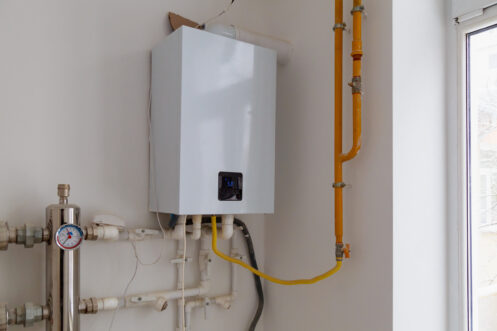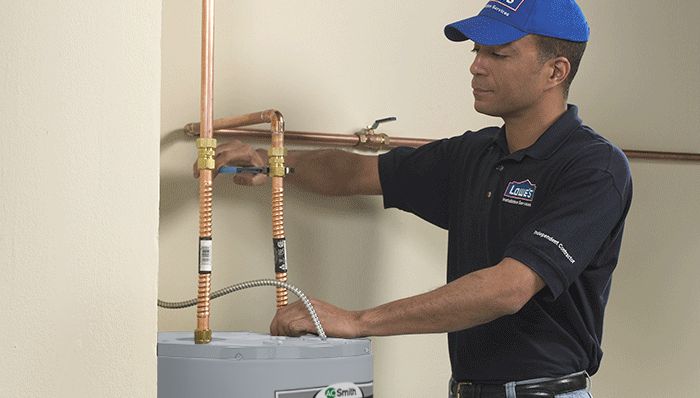Caring for Your Home's Hot Water System: Key Guidelines
Caring for Your Home's Hot Water System: Key Guidelines
Blog Article
Have you been looking for info around How to Maintain Your Water Heater & Prolong its Life?

Hot water is vital for everyday convenience, whether it's for a rejuvenating shower or cleaning recipes. To guarantee your warm water system runs efficiently and lasts much longer, normal upkeep is essential. This post supplies functional ideas and insights on how to keep your home's warm water system to stay clear of disturbances and pricey repair services.
Introduction
Preserving your home's hot water system might seem daunting, but with a few easy steps, you can ensure it runs efficiently for several years to find. This overview covers whatever from understanding your warm water system to do it yourself upkeep ideas and understanding when to employ professional help.
Importance of Maintaining Your Hot Water System
Routine maintenance not just prolongs the lifespan of your warm water system however also guarantees it operates efficiently. Disregarding upkeep can result in lowered efficiency, greater power bills, and also premature failure of the system.
Indicators Your Hot Water System Demands Maintenance
Recognizing when your warm water system needs interest can avoid major issues. Keep an eye out for indicators such as inconsistent water temperature, odd noises from the heater, or corroded water.
Comprehending Your Hot Water System
Prior to diving into maintenance jobs, it's valuable to understand the standard elements of your hot water system. Usually, this includes the hot water heater itself, pipes, anode poles, and temperature level controls.
Monthly Upkeep Tasks
Routine monthly checks can aid capture minor issues prior to they escalate.
Purging the Hot Water Heater
Flushing your hot water heater removes debris accumulation, improving effectiveness and lengthening its life.
Checking and Changing Anode Rods
Anode rods stop deterioration inside the container. Inspecting and changing them when worn out is vital.
Examining and Readjusting Temperature Setups
Changing the temperature level settings makes sure optimal efficiency and safety.
Do It Yourself Tips for Maintenance
You can do several upkeep jobs on your own to keep your warm water system in top problem.
Checking for Leakages
Regularly check pipelines and connections for leakages, as these can result in water damages and higher expenses.
Examining Pressure Alleviation Valves
Testing the stress relief valve guarantees it functions properly and protects against extreme stress buildup.
Protecting Pipelines
Insulating warm water pipes minimizes warmth loss and can save power.
When to Call a Specialist
While DIY maintenance is valuable, some issues require expert know-how.
Complex Problems Needing Specialist Help
Examples consist of significant leaks, electrical issues, or if your hot water heater is continually underperforming.
Routine Expert Upkeep Conveniences
Professional upkeep can consist of comprehensive examinations, tune-ups, and ensuring conformity with safety and security standards.
Final thought
Normal maintenance of your home's warm water system is crucial for efficiency, durability, and price savings. By complying with these pointers and knowing when to seek professional assistance, you can make certain a dependable supply of hot water without unanticipated disturbances.
How to Maintain an Instant Hot Water Heater
Before tinkering with your hot water heater, make sure that it’s not powered on. You also have to turn off the main circuit breaker and shut off the main gas line to prevent accidents. Also turn off the water valves connected to your unit to prevent water from flowing into and out of the appliance. 2. When you’re done, you have to detach the purge valves’ caps. These look like the letter “T†and are situated on either side of the water valves. Doing so will release any pressure that has accumulated inside the valves while at the same time avoid hot water from shooting out and burning your skin. 3. When the purge valves’ caps are removed, you have to connect your hosing lines to the valves. Your unit should have come with three hoses but if it didn’t, you can purchase these things from any hardware or home repair shops. You can also get them from retail stores that sell water heating systems. Read the user’s manual and follow it to complete this task properly. When the hosing lines are connected, open the purge port’s valves. 4. You should never use harsh chemical cleaners or solutions when cleaning your unit. Make use of white vinegar instead. It should be undiluted and you’ll probably use about 2 gallons. 5. Now flush your water heater. This task should probably take about 40 minutes. We can’t give you specific directions for this because the procedure is carried out depending on the type, model and brand of your heater. With that being said, refer to the user’s manual. 6. When you’re done draining the unit, you have to turn off the purge port valves again. Remove the hosing lines that you earlier installed on each of the water valves. Put the valve caps (purge port) back in their respective places and be very careful so as not to damage the rubber discs that are found inside these caps. 7. Now that everything’s back in place, check your user’s manual again to find out how to reactivate your water heating system. 8. Once it is working, turn one of your hot water faucets on just to let air pass through the heater’s water supply pipes. Leave the tap on until water flows smoothly out of it. https://www.orrplumbing.com/blog/2014/september/how-to-maintain-an-instant-hot-water-heater/

I was guided to that article on Water Heater Maintenance Tips You Can't Afford to Forget through a friend on our other web property. Enjoyed reading our blog posting? Please quickly share it. Help others discover it. I value your readership.
This Post Report this page